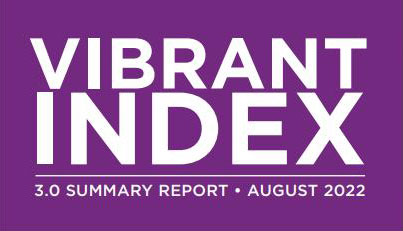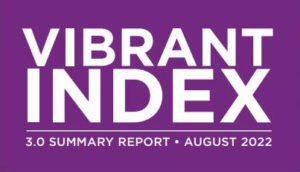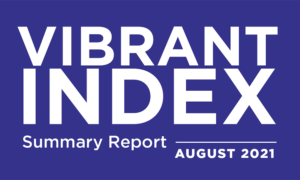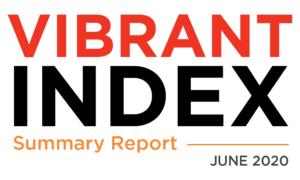Read the Vibrant Index 3.0 Summary Report
Vibrant Index 3.0 – Report to the Region
What have we learned from the 2022 Vibrant Index 3.0 Summary Report?
96% of participant organizations have a written non-discrimination policy
All organizations need a non-discrimination policy. These policies show that an organization treats everyone fairly, provides clarity on employee behavior, and shows commitment to compliance with local and state laws. Be sure your organization’s commitment is clear internally for current employees and externally for potential employees, vendors, partners, customers and clients; it is best that the policy is posted publicly within the workplace and on the organization’s website.
About 40% of 2022 participants report offering trans-inclusive healthcare benefits
Providing trans inclusive healthcare benefits is an important way that an organization can show transgender employees that their needs are important. Don’t assume that your health plan does not include these benefits – investigate this opportunity to support employee well being with your benefits plan representative.
87% of 2022 participants who have Employee/Business Resource Groups give employees paid work time to participate in them
We are happy to see that a significant percentage of organizations paid their employees for Employee and Business Resource Group participation time. Employees that are investing in the development and cultivation of an inclusive organizational culture should be compensated for their time and effort.
The most popular topics for DEI employee training in 2022 were related to issues of race and ethnicity, implicit or unconscious bias, and bias awareness
When creating an inclusive workplace, education is a powerful tool. Training on DEI topics should be ongoing and regular, offered in flexible formats, and offered to employees at every level of the organization as part of an overarching talent development strategy.
55% of 2022 participants report having paid parental leave benefits
This is an area of opportunity for employers that are invested in equitable, inclusive work environments. Providing a variety of benefits that support parents demonstrates a commitment to work-life balance and allows employees the ability to thrive both at work and at home.
59% of 2022 participants do NOT have a supplier diversity plan
Supplier diversity continues to be an area of opportunity for our region’s employers, having the lowest average score of all categories for participants this year, and having been an area of low average scoring in each year of the Vibrant Index.
Vibrant Index 3.0
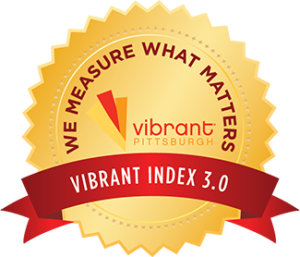
Vibrant Index 3.0 Champions
The use of the “Vibrant Champions” name is an exclusive benefit for the companies that scored at or above the 95th percentile on the Vibrant Index 3.0 Diagnostic.
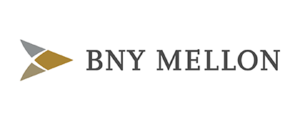

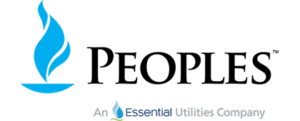
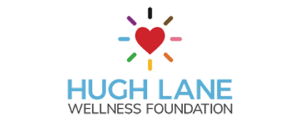
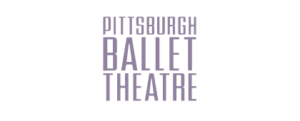
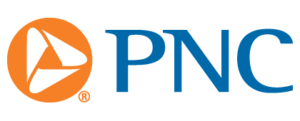

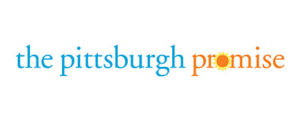
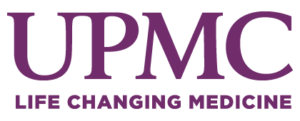
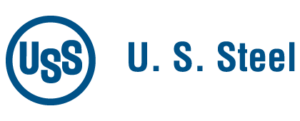
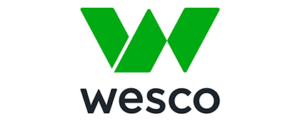
Vibrant Index 2.0
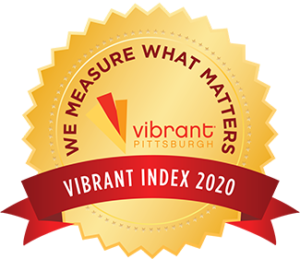
Vibrant Index 2.0 Champions
The use of the “Vibrant Champions” name is an exclusive benefit for the companies that scored at or above the 95th percentile on the 2020 Diagnostic.
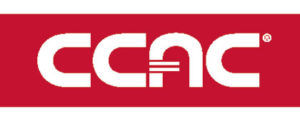

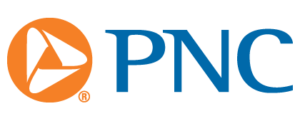
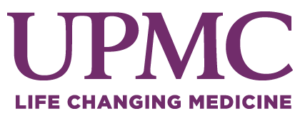
Vibrant Index 1.0
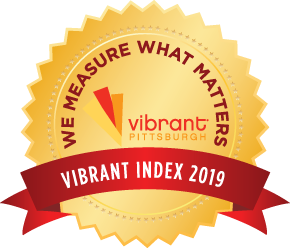
Vibrant Index 1.0 Champions
The use of the “Vibrant Champions” name is an exclusive benefit for the companies that scored at or above the 95th percentile on the 2019 Diagnostic.
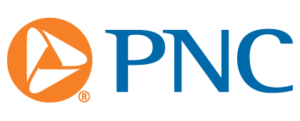
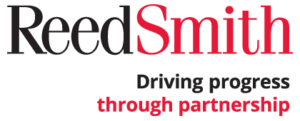
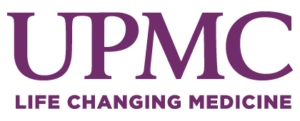
The Vibrant Index Initiative, a collaboration between Vibrant Pittsburgh and the Allegheny Conference on Community Development, drives diversity, equity, and inclusion (DE&I) changes across industry and sector.
The Vibrant Index identifies areas of success as well as what critical actions are needed to improve the practices, policies, and cultures of organizations in the Pittsburgh region. The Vibrant Index encourages companies to reflect on best practices while investigating opportunities to increase the impact of their DE&I efforts.
We Work with Experts
The Vibrant Index Initiative’s methodology and focus on the importance of policies and practices in building inclusive workspaces was refined through a targeted review by DE&I experts. Along with the Vibrant Pittsburgh Diversity Assessment Committee, our industry experts include researchers, data analysts, Human Resources professionals, and DE&I practitioners.
The Vibrant Index: We Measure What Matters
The Vibrant Index is designed to provide an annual snapshot of the best practices being utilized by employers in the Pittsburgh region. Each year, the Vibrant Index process captures how participating organizations are addressing DEI through their policies and workplace practices. The Vibrant Index supports participating organizations in identifying areas of responsibility, DEI strengths, and opportunities to create cultures of equity and inclusion.
The goal?
Moving the needle on talent attraction, retention, and elevation through annual review, recommendation, and implementation of practices for more welcoming, inclusive, and equitable work environments. By nudging organizations toward more inclusive practices, we aim to galvanize efforts around this shared urgency. A commitment to the goals of the Vibrant Index will facilitate the organizational changes that are necessary for our region to thrive.
The Vibrant Index is open to all organizations in the Pittsburgh region. Annually, organizational participants respond to a Diagnostic assessment of their current best practices. Participating organizations receive confidential feedback reports that reflect their DEI practices, showing their scores compared to sample averages, organizational size averages, and high scores in each category, as well as tips for adopting better practices in the future. Mid-year, an annual summary report of the data is released to the public to further conversation and facilitate best practice dissemination. Organizations that utilize most of the best practices recommended by the Vibrant Index are considered Vibrant Champions.
Index Criteria
Each of the best practices included in the Diagnostic Tool was chosen based on research into diversity and inclusion, and the list was vetted by scholars in the field. They are broken into nine categories:
- Publicly commit to diversity and inclusion.
- Join other organizations in their commitment to diversity and inclusion.
- Publicly display your organization’s intention not to discriminate on the basis of race, ethnicity, color, age, gender, gender identity, sexual orientation, disability status, veteran status, religious belief, or national origin in hiring or operations.
- Create family-friendly policies to support employees with children.
- Formalize policies to provide LGBTQIA+ employees with equal benefits.
- Create policies that allow employees from a variety of backgrounds to bring their full selves to work.
- Support Employee Resource Groups (ERGs, EBRGs) with executive sponsorship and funding.
- Leverage employee groups to learn more about employee’s needs and cultures.
- Support employee participation in external professional affinity groups.
- Diversity and Inclusion begins at the top.
- Dedicate resources and staff to diversity and inclusion efforts, especially for large organizations.
- Include diversity and inclusion topics in your professional development offerings.
- Make diversity and inclusion education available to employees at every level.
- Collect data about the demographics of your employees, and check to see if your hiring, promoting, salaries, and retention reflect your organization’s commitment to diversity and inclusion.
- Set diverse hiring targets based on availability data.
- Actively reach out to recruit at diverse events and conferences.
- Check your hiring process to see if bias can be mitigated or avoided.
- Set supplier diversity goals based on availability.
- Track supplier relationships and total spend with demographic data.
- Participate in initiatives that promote diversity in our community.
- Support diverse community groups.

